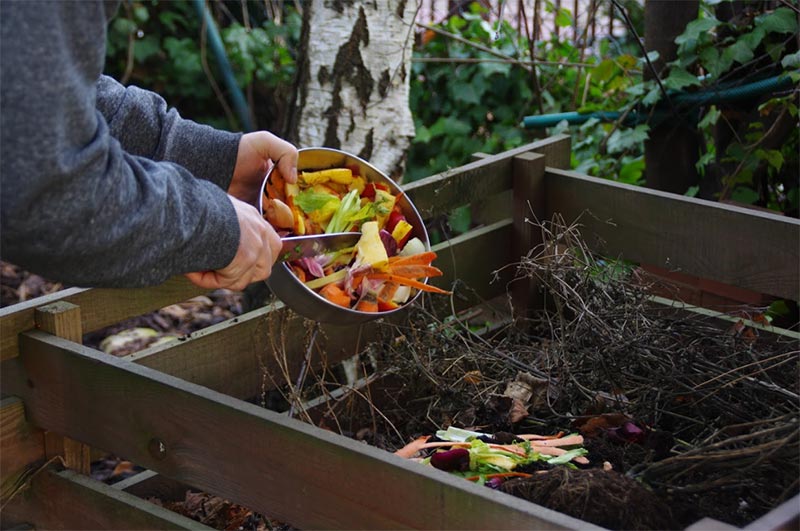
Composting is a very straightforward way of reducing waste while also improving your garden and backyard soil. The average household produces anywhere between 16% and 30% of garbage from food scraps and yard trimmings. Therefore, it’s no wonder people tend to use these scraps to make their compost.
Mixing browns and greens (leaves and kitchen scraps) will get you a crumbly and dark mixture that’s a good substitute for fertilizer and water. It will also improve the soil quality of your backyard. However, before you decide to make your first backyard compost, familiarise yourself with adequate knowledge of the process.
Here are some ideas on having a home compost bin:
1. Choosing Locations And Containers
Before making your compost, you must choose the best compost tumbler and pick an excellent location in your yard that’s convenient enough to set up this compost system. Compost containers will help you trap the moisture and heat inside while keeping it neat and tidy. If you’re just getting started, an effortless way is to begin with a single bin system since all materials are put together and mixed. When all is done, the finished compost will settle to the bin’s bottom.
An essential part of choosing where to set up your system is to check specific regulations in your city regarding compost location, if any. Find out all the pertinent details to avoid future legal complications. Once this is settled, choose an area with excellent access to a water supply with excellent drainage as well. Placing your compost bin in a site with lots of shade will reduce the need for adding water frequently.

2. Use Yard Waste And Add Kitchen Scraps
If you’re creating your first compost pile, make sure to measure out the browns and the greens to come up with a perfect mix of materials. A good example is an equal pile of freshly trimmed grass and autumn leaves that are an ideal composting heap.
If you didn’t get the tandem right in your first try, you could easily add missing material to make a perfect mix. Avoid putting meat, dairy, oils, and similar food scraps to avoid situations in which you’d have to fight off raccoons and other wildlife from your garden that are trying to eat off of your compost bin.
Laying a solid base is essential, too. Begin with a layer of leaves by putting down four to six
inches of coarse carbons like twigs on the bottom. That way, you’ll create a perfect base with
excellent air circulation features.
3. Add Water Only When Needed
Watering your compost pile is best done as you go. It should always be moist. Perform a simple test by squeezing a handful of compost, and if it feels like a damp sponge, it’s okay. Seeing small drops of water after squeezing it will let you know whether it requires more water or not.
Remember that your compost pile will get plenty of water from the rain. If the compost pile is too wet, you should turn it more often to dry it or add more dried brown materials to help soak up the water.
4. Mix The Pile Every Now And Then
Once your pile is built, the real compost workers begin their job. Fungi, insects, and bacteria will help break down all materials found in your compost pile. The natural decomposition of organic materials will heat your compost pile, and you might even see some steam coming out of the heap.
All microbes in your compost require air and water to live and work. Water will help microbes to grow and travel through your pile. While traveling, they’ll also decompose all the materials in a heap. Don’t forget to turn your pile every week with a pitchfork or spade to provide it with fresh air that helps control odours and enhances decomposition.
Repeat all these steps until your very first compost pile is complete. The entire composting process can be very quick, especially during the summer months, when there’s a lot of heat. If your compost pile doesn’t heat up anymore after several weeks, it may be signifying that the decomposition is done already.
Final Thoughts
Making your own compost pile may sound like a heavy task to perform, but it’s relatively easy only if you know the necessary steps. More or less, it’s entirely a natural process in which you
only have to control it and assist in making it faster.
Please choose the right composting place, mix the needed ingredients, and water it as required. Mix it all up regularly to provide fresh air, then wait for it to decompose. It’s as simple as that.
